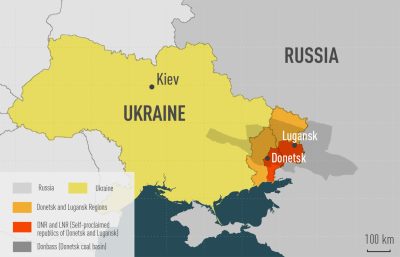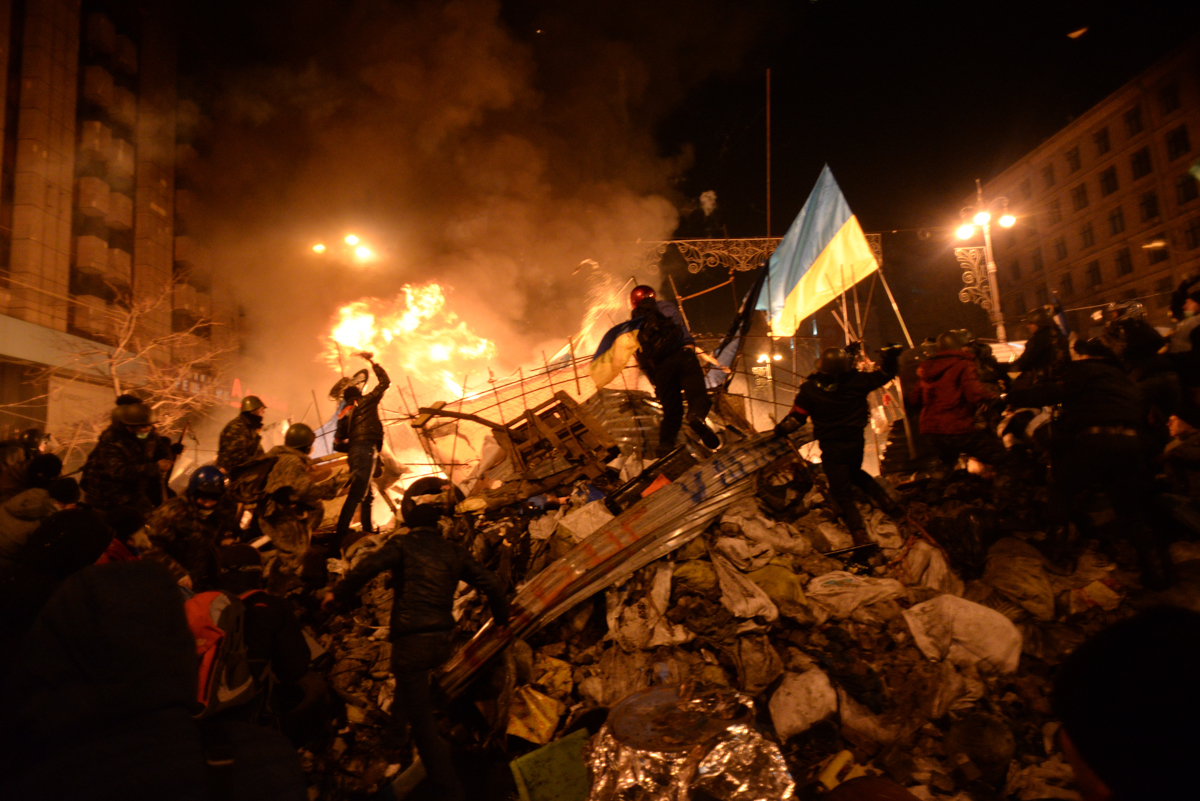From the Complex History of Imperial Russia to the Soviet Union and its Aftermath. The Peace Process and the Future of Ukraine?
Has President Volodymyr Zelensky's Action Justified the Pogroms of Imperial Russia?

In the late 19th and 20th centuries, a Russian word made it into Yiddish and gained currency.
It was coined to spite imperial Russia as anti-Jewish. Tsarist Russia clampdown on Jewish migrants drove the swelling Jewish population into confinement outside the borders of Moscow, as in Russia.
Jewish Communities in Tsarist Russia
Following the assassination of Tsar Aleksandr II, extensive anti-Jewish riots swept the southern and western provinces of the Russian Empire in 1881-1884. It was organised locally, sometimes with the connivance of the government and of the police.
In England and across western Europe, Jewish communities were targeted in 1189 and 1190 during the Crusades and the Black Death of 1348-1350. At the time, towns like Aragon, Basel, Erfurt, Flanders, Strasbourg and Toulon became no-go areas for Jews.
In all 510 Jewish communities were destroyed at the time, extending to Brussels in the massacre of 1370. In the autumn of 1812, King Edward I of England expelled the entire population of Jews, after two centuries of coexistence. Most fled to the USA, with pockets ending up in other places in Eastern Europe.
Prior to these above enumerated encounters in 38 CE, early Jewish communities in Alexandria suffered similar fate of atrocities, often accused of one form of organised crime or another.
And for 1,800 years, Jews sojourned the entire face of the earth working as slaves in Africa, America, Asia and Europe. Little mention of early Jewish presence in Oceania, although in 1788, about eight Jewish convicts were among the First Fleet.
Image: Golda Meir (Licensed under CC BY-SA 4.0)
Although preceded by Jews from Babylon and Yemen, some of the early settlers of modern-day Israel came from Ukraine. One of them is Golda Meir. She was born in Ukraine.
And she became the fourth Prime Minister of Israel. Hasidism and Zionism also started from Ukraine. Ukraine was the nursery that blossomed the transformed nation of a modern-day Israel.
Zelensky
 The current leader of Ukraine, President Volodymyr Zelensky of Russian-Jewish descent, is the face of the current generation of local Ukrainian Jews who survived the pogroms and nazi Germans, during World War II.
The current leader of Ukraine, President Volodymyr Zelensky of Russian-Jewish descent, is the face of the current generation of local Ukrainian Jews who survived the pogroms and nazi Germans, during World War II.
Born in the city of Kryvyi Rih in 1978, Volodymyr Zelensky was raised in the area that was once known as the Pale of Settlement, the only region in the Russian Empire where most Jews were permitted to live.
While Zelensky gained fame in Ukraine as an actor and comedian, he took to politics in 2019.
He successfully ran for Ukraine’s presidency. He’s the current President of Ukraine.
But under his leadership since the fall of the Berlin Wall and subsequent disintegration of the Soviet Union, he took a risk none of his predecessor ever dared.
The Break Up of the Soviet Union
After the degeneration of the Soviet Union, many former Soviet Republics became independent. In some, the transitions went smoothly, although they came with incidences in relationship with Russia. But in other cases, this relationship took adversarial turns at some noted points.
Notable among these were peculiar cases involving Armenia, Azerbaijan, Belarus, Georgia, Kazakhstan, Kyrgyzstan, Moldova, Tajikistan, Turkmenistan, Ukraine and Uzbekistan, out of all 14 former Soviet republics, taking Russia as the reference point.
It started with little resistance from Russia, when the pre-baltic states of Estonia, Latvia and Lithuania made transition into independence. Although questions of rights of ethnic Russians in these countries became thorny and remained barely ironed out till date. These countries have since gone ahead, joined the European Union and become NATO members, further cementing severance from the Commonwealth of Independent States, formed immediately after the disintegration of the Soviet Union.
After the disintegration of the Soviet Union, Belarus, Russia, and Ukraine signed the Belovesha Accords on December 8, 1991. It declared the cessation of the Soviet Union. It then proclaimed the coming into effect of theCommonwealth of Independent States (CIS) in replacement. On December 21, 1991, the Alma-Ata Protocol was signed without participation of Estonia, Latvia and Lithuania. Georgia withdrew its membership in 2008, following a war with Russia.

Formally, Ukraine chose to end participation in CIS statutory bodies in 2018, although it stopped participating in the organization from 2014, after the Russian annexation of Crimea.
Following the February 24, 2022 Russian denazification and demilitarisation special operations in Ukraine, Moldova also opted a progressive withdrawal from the CIS institutional framework.
Currently, only eight out of the nine CIS member states participate in the CIS Free Trade Area. Three organizations emerged from the CIS – namely, the Collective Security Treaty Organisation, the Eurasian Economic Union with subdivisions – the Eurasian Customs Union and the Eurasian Economic Space – and the Union State. The first and the second of these, are military and economic alliances. But the third aims eventually to reach a merger with Belarus, the only surviving member since ratification.
Another peculiarity with particular interest to these evolutionary complexities, are those surrounding historical Russian ties with Belarus, Kazakhstan and Ukraine, which resolve has never been thorough as in the true sense of independence as took place with the three pre-baltic states.
Traditionally, the history of Belarus, Kazakhstan, Russia and Ukraine are tied in a peculiar way to their independence would mean a malfunctioning of the rest, due to the structure of their economic and political ties. On that premise, Belarus under Aleksandr Lukashenko has been careful never to stir a hornets nest, since the collapse of the Soviet Union, although an independent country today. It has maintained a strong economic and political ties with Russia.
Kazakhstan under Nursultan Nazarbayev, was equally sensitive in handling it’s independence by keeping it at half throttle, all the time; even though Nursultan Nazarbayev has since left office with another President in charge of the country today – Kassym-Jomart Tokayev.
Then comes in the peculiarity of Russian history, economic and political ties with Ukraine. After the collapse of the Soviet Union, Ukrainian leader after leader since independence, avoided the dicey question of full throttle independence and total severance as in the instances of the pre-baltic states or the rest.
Starting with Leonid Kravchuk, who was immediately followed by Kuchma, Russia under President Boris Yeltsin worked smoothly with Ukraine with occasional confrontations on issues over transitional gas pipeline charges, tariffs and payments of supplies.
Of course, blurred lines resulting from improper border demarcations due to historical inaccuracies from tsarist Russia era until 1917, which could not take shape even after 1922, disputes over border demarcations re-emerged after 1991, further exacerbating immigration issues between Russia and Ukraine.
The back and forth on immigrants from Ukraine into Russia and vice versa traversed all Russian and Ukrainian regimes and persisted, until Volodymyr Zelensky came onto the scene. All this while, the golden period of Russian-Ukrainian diplomacy was under President Viktor Yanukovych.
The Maidan Square demonstrations in 2014 degenerated and washed it all down the drain, leading to an attack on the Presidential Palace led by Ukrainian ultra nationalist group called the Azov Brigade.

State flag of Ukraine behind a wall of anonymous protesters in Kyiv, Ukraine. Events of February 18, 2014 (Licensed under CC BY-SA 3.0)
Instead, the Zelensky government kept a blind eye to an extent the hostilities increased in intensity and became provocative. Speaking and teaching Russian in Ukraine was banned. It was also not allowed to broadcast or publish Russian in Ukraine.
Russia raised concerns. Further, it resorted to the use of diplomacy in what came to be known as Minsk I & II Protocols. Essentially, the Minsk Protocols talked about Kiev granting its ethnic Russian citizens of Eastern Ukraine a level of autonomous regime.
This agreement establishes a 12-point roadmap as follows:
- ensure an immediate bilateral ceasefire;
- carry out decentralisation of power,
- allowing temporary local self-government in areas of Donetsk and Luhansk in eastern Ukraine under a “special status” law;
- immediately free all hostages and illegally detained persons;
- ensure monitoring on the Ukrainian-Russian border and a security zone; ensure the holding of snap local elections in Donetsk and Luhansk;
- remove illegal armed groups, military hardware, and all fighters and mercenaries from Ukrainian territory;
- pass a law against the prosecution and punishment of people over certain events in Donetsk and Luhansk region.
On the other hand, The Treaty on Friendship, Cooperation, and Partnership between Ukraine and the Russian Federation was an agreement between Ukraine and Russia, signed in 1997, which fixed the principle of strategic partnership, the recognition of the inviolability of existing borders, and respect for territorial integrity and mutual commitment not to use its territory to harm the security of each other. The treaty prevents Ukraine and Russia from invading one another’s country respectively, and declaring war.
Also, on January 28, 2003, during the visit of the President of the Russian Federation Vladimir Putin to Kyiv, the Treaty on the state border between the two countries was signed, which fixed its land part. Ukraine ratified the Treaty on April 20, 2004, and the Russian Federation on April 22, 2004.
In conclusion, making deductions and inferences from the above historical, political and economic analysis of the region under study, it is accurate to say, imperial Russia wanted to avoid a situation as it presents itself through President Volodymyr Zelensky. His predecessor indigenous Ukrainian leaders never contemplated any of the manifestations seen under Zelensky.
It is a bad precedence to the integration processes for foreigners to gain full acceptance into Slavian or Rus origins ancestry societies.
Rus as in Kievsky Rus, Founder of Kiev, the capital town of Ukraine.
Also, Rus is the root word formed in Russia or as in Belarus, translated as White Rus, where Bela means white.
In the fluid situation of intentions to replace President Volodymyr Zelensky with the current Interior Minister, Ihor Volodymyrovych Klymenko, it is thought the situation will create a mellowed atmosphere of friendly tolerance and lead the way forward for a peaceful negotiations to end the war. In Russian, he’d be called Igor Volodimirovich Klimenko.
Born on October 25, 1972, he was a Senior Police Officer who took office to become the Minister of Internal Affairs, since February 7, 2023, initially serving in an acting capacity from January 2023.
*
Click the share button below to email/forward this article to your friends and colleagues. Follow us on Instagram and Twitter and subscribe to our Telegram Channel. Feel free to repost and share widely Global Research articles.
One Month Before Global Research’s Anniversary
Shmuel Ja’Mba Abm has extensive scholarly publications that establish him as a leading academic expert in regional geopolitical dynamics and diplomatic relations in Africa. Author of e-monographs on geopolitics, ethnic conflicts, and political philosophy. Ja’Mba Abm contributes to Global Research.
Featured image source


